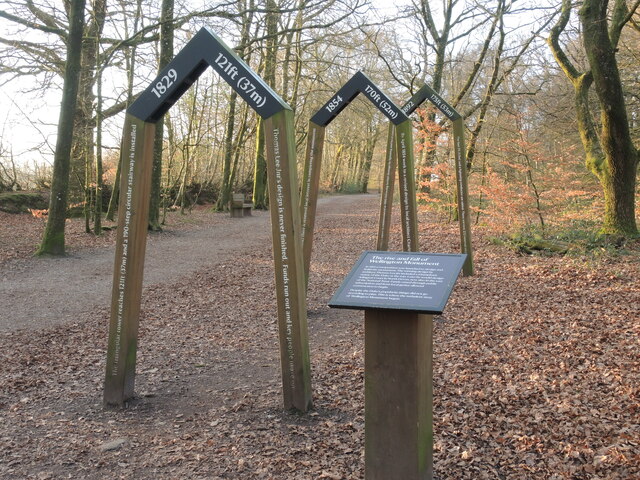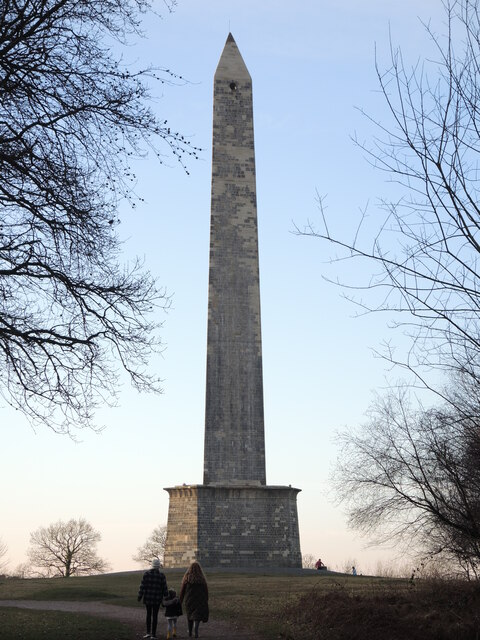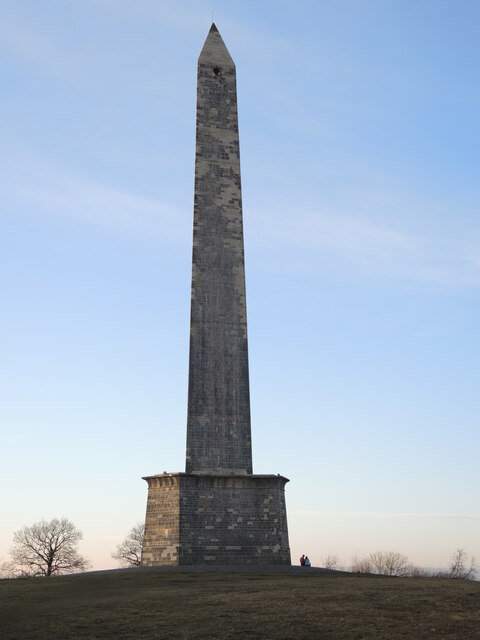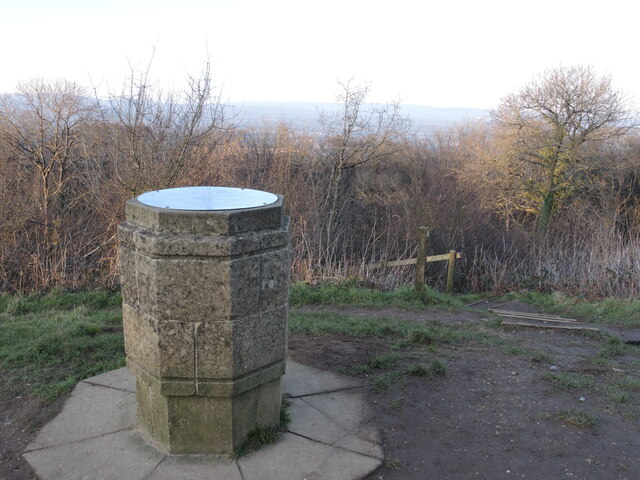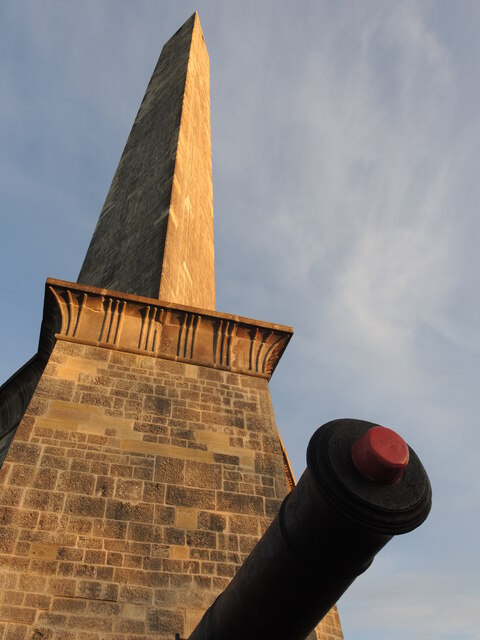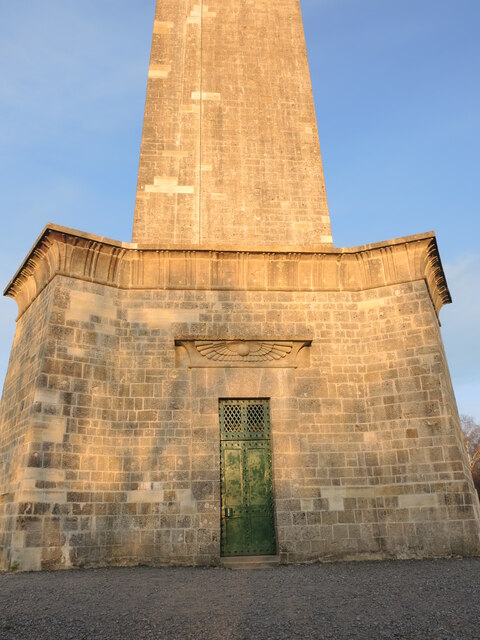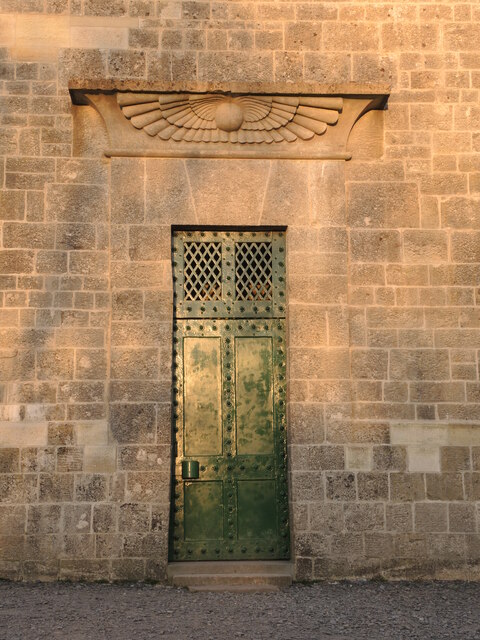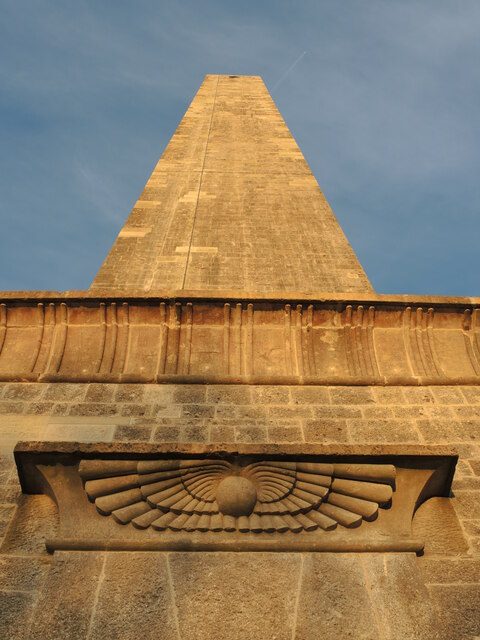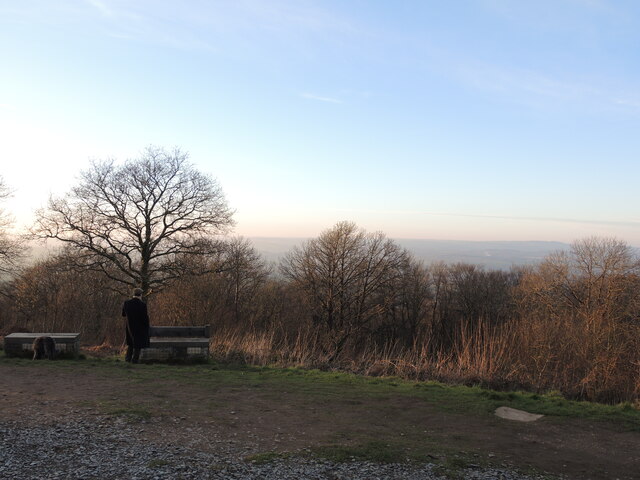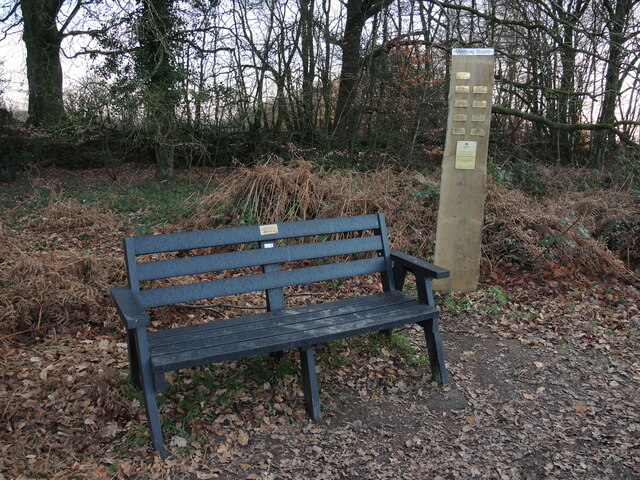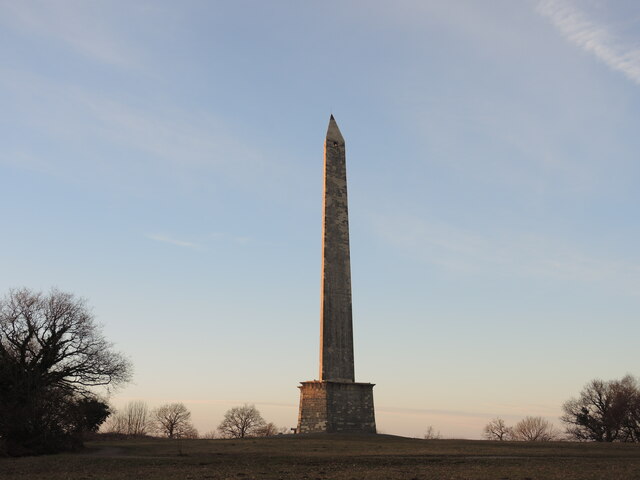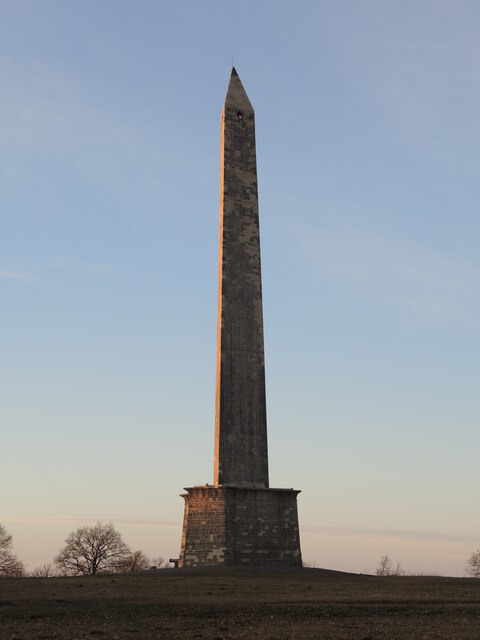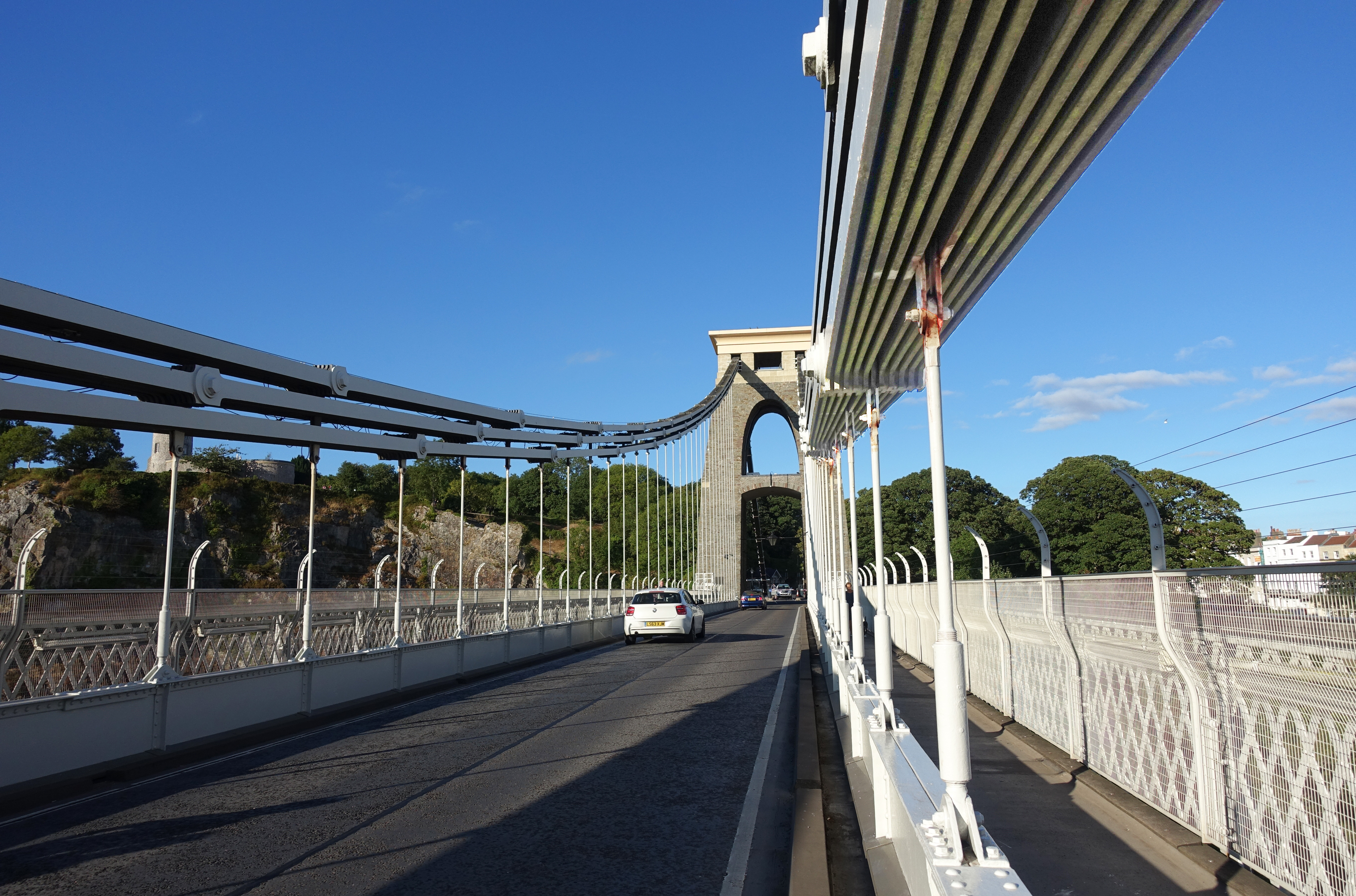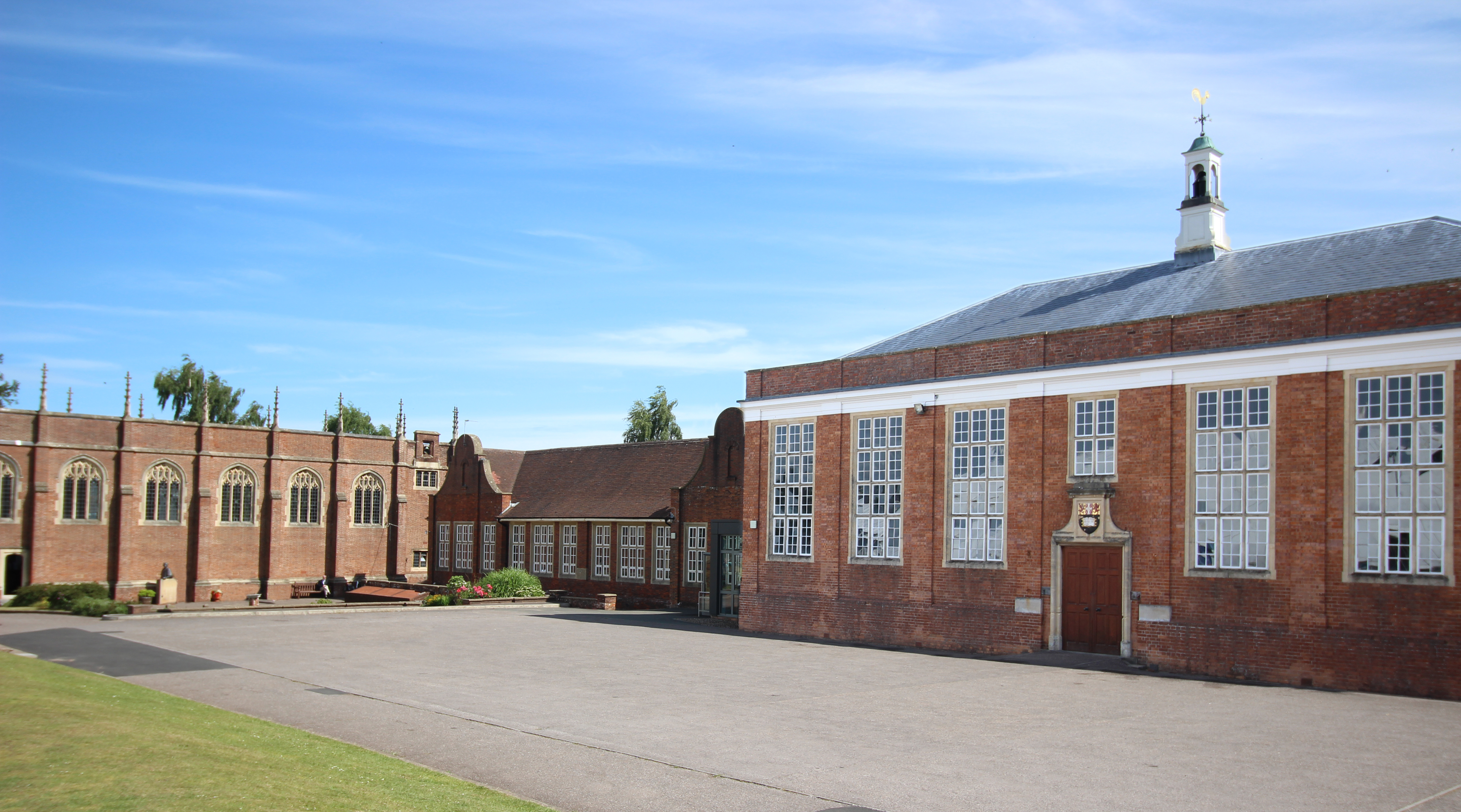Home Close Wood
Wood, Forest in Somerset Somerset West and Taunton
England
Home Close Wood
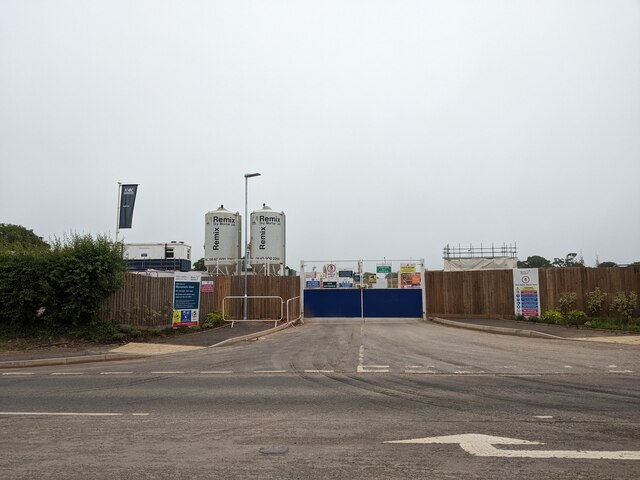
Home Close Wood is a picturesque woodland located in Somerset, England. Covering an area of approximately 50 acres, it is renowned for its natural beauty and diverse range of plant and animal species. The wood is situated in a rural area, surrounded by rolling hills and fields, providing a tranquil and peaceful environment for visitors.
The wood is predominantly composed of deciduous trees, such as oak, ash, and beech, which create a dense canopy overhead, offering shade and shelter to the woodland floor. The forest floor is rich in vegetation, with an array of wildflowers, ferns, and mosses carpeting the ground, creating a vibrant and enchanting atmosphere.
Home Close Wood is home to a variety of wildlife, including deer, badgers, foxes, and a multitude of bird species. Birdwatchers will delight in the opportunity to spot species such as woodpeckers, owls, and songbirds. The wood also provides an important habitat for a range of insects and invertebrates, contributing to the overall biodiversity of the area.
The wood offers several walking trails, allowing visitors to explore its natural wonders at their own pace. These paths wind their way through the trees, offering breathtaking views and the chance to immerse oneself in nature. There are also designated picnic areas, providing the perfect spot for a leisurely lunch surrounded by the sights and sounds of the woodland.
Overall, Home Close Wood is a haven for nature lovers and outdoor enthusiasts alike. Its stunning landscape, diverse wildlife, and peaceful ambiance make it a must-visit destination for those seeking a connection with the natural world.
If you have any feedback on the listing, please let us know in the comments section below.
Home Close Wood Images
Images are sourced within 2km of 50.953117/-3.2344803 or Grid Reference ST1317. Thanks to Geograph Open Source API. All images are credited.
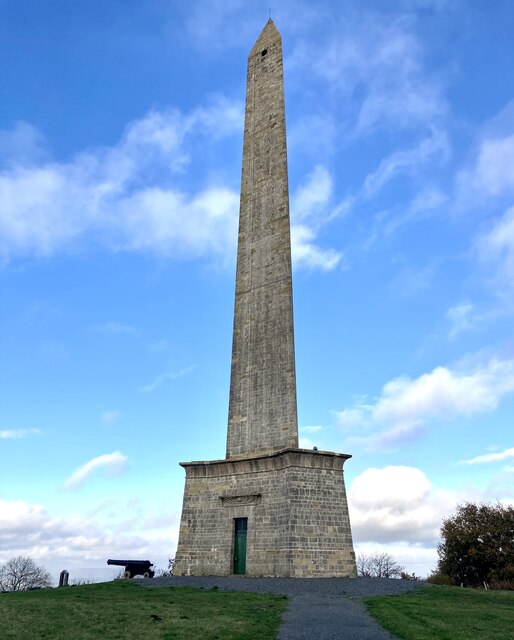
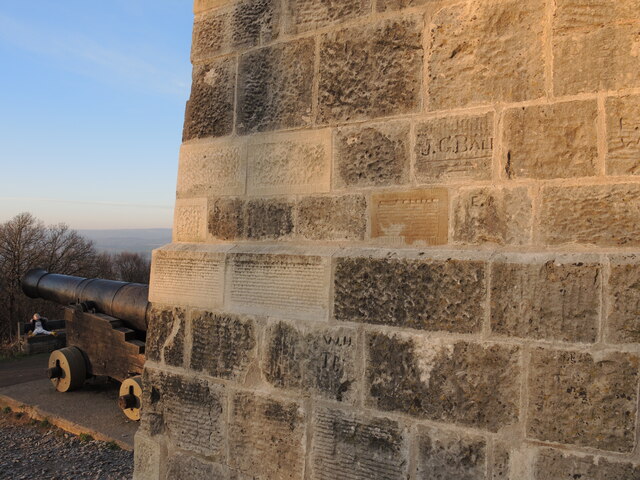
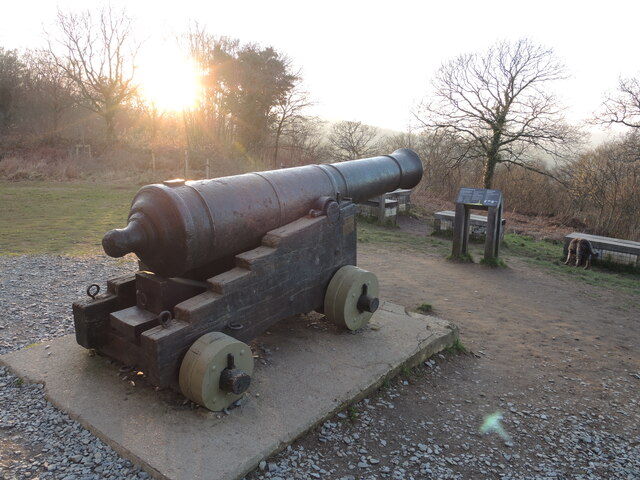
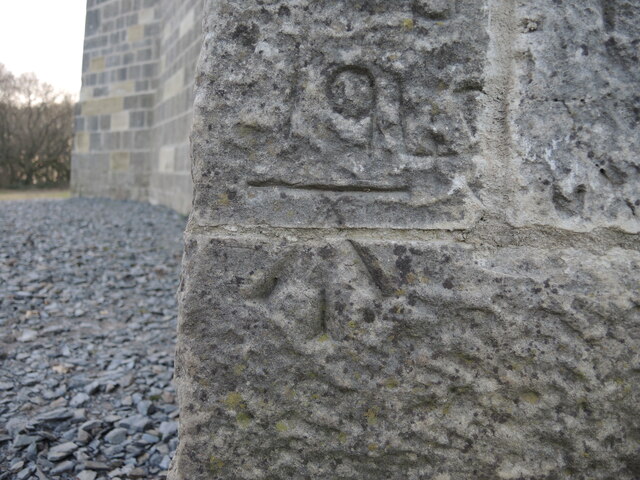
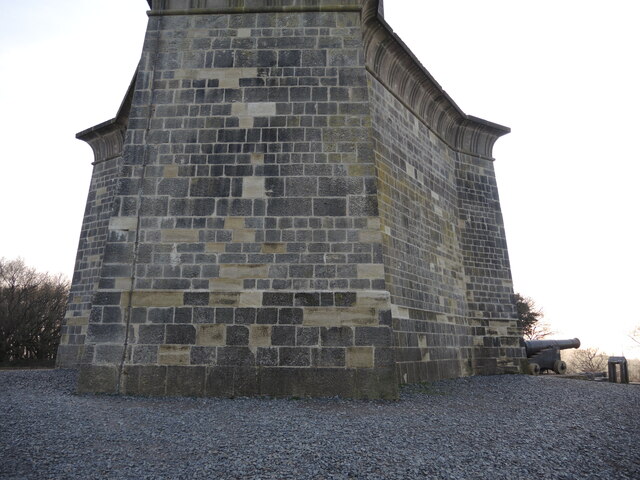
Home Close Wood is located at Grid Ref: ST1317 (Lat: 50.953117, Lng: -3.2344803)
Administrative County: Somerset
District: Somerset West and Taunton
Police Authority: Avon and Somerset
What 3 Words
///magma.scratches.lateral. Near Hemyock, Devon
Related Wikis
Wellington Monument, Somerset
The Wellington Monument is a 175-foot-high (53 m) triangular obelisk located on a point of the Blackdown Hills, 3 km (1.9 miles) south of Wellington in...
Wellington Rural District, Somerset
Wellington was a rural district in Somerset, England, from 1894 to 1974. It was created in 1894 under the Local Government Act 1894. In 1974 it was abolished...
Wellington Without
Wellington Without is a civil parish in Somerset, England. It lies south of Wellington and has a population of 727. The parish includes the hamlet of Ford...
Blackdown Hills
The Blackdown Hills are a range of hills along the Somerset-Devon border in south-western England, which were designated an Area of Outstanding Natural...
South West England
South West England, or the South West of England, is one of the nine official regions of England in the United Kingdom. It consists of the counties of...
Black Down and Sampford Commons
Black Down and Sampford Commons (grid reference ST118161) is a 155.2-hectare (384-acre) biological Site of Special Scientific Interest in Devon and Somerset...
Wellington School, Somerset
Wellington School is a co-educational independent boarding and day school in the English public school tradition for pupils aged 3–18 located in Wellington...
Wellington, Somerset
Wellington is a market town in rural Somerset, a county in the west of England, situated 7 miles (11 km) south west of Taunton, near the border with Devon...
Nearby Amenities
Located within 500m of 50.953117,-3.2344803Have you been to Home Close Wood?
Leave your review of Home Close Wood below (or comments, questions and feedback).
